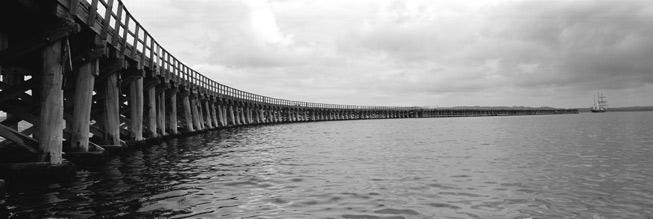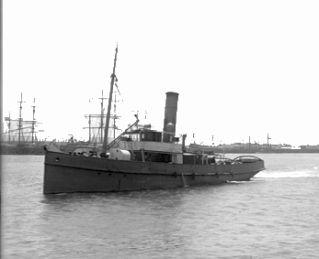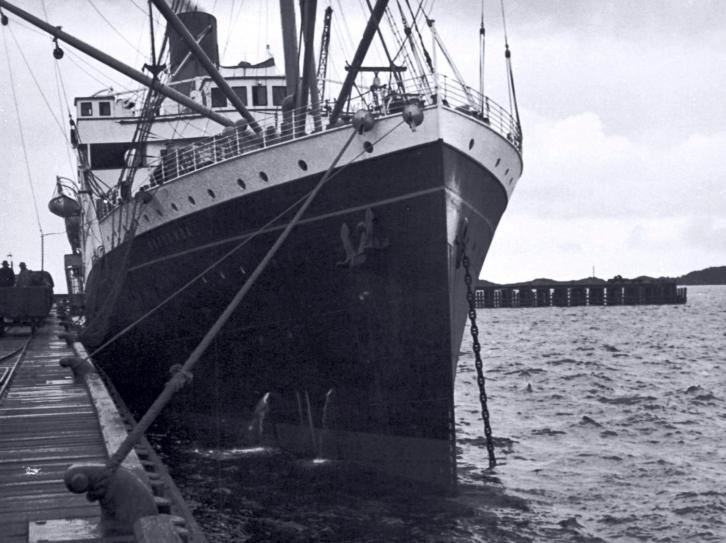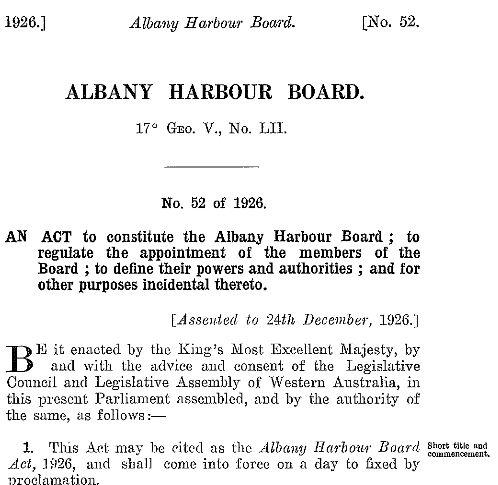Historical Timeline

By 1904, the Deep Water Jetty was 2016 feet long with a head 758 feet long and 35 feet wide, which could take five small boats at berth in 17-20 feet of water and was connected to the Government Railway by a timber viaduct 1543 feet long.

On 11 September 16 American battleships, their hulls painted white, entered King George Sound, with one British cruiser. This was part of an exercise to display to Australia, New Zealand and Japan (then allied to the British), their awareness of Japanese interests in the Pacific.
A 21-gun salute by the Americans at 8am, with responses by the H.M.S. ‘Gibraltar’ and Albany Forts guns, startled and delighted the town and the nearly 4,000 visitors who had arrived by train.
They stayed for six days and the town hosted over 15,000 sailors.
Three colliers accompanying the fleet were supplemented by Newcastle (England) coal from Albany hulks.
A timber boatshed and slip for the Princess Royal Yacht Club were erected on the east side of the jetty. The building remained in use until 1958-59 when the club relocated to Little Grove. Sometime later, a shed and slip were built south of the boatshed on the east side.
The Government selected a site in 1910 for a new cold store near the foot of the Deepwater Jetty to cater for exports of apples, and also for chilled and frozen meat.

Built in Auckland in 1884 ‘Awhina’ was a wooden-hulled 135 ton compound 2 cylinder steam engine tug, coming to Albany in 1912 under her own steam from New Zealand. She spent the remainder of her working life in the harbour as a tug, towing vessels in and out of port, towing hulks out to sea to be sunk, towing floats for gunnery target practice, and supplying the Eclipse Island lighthouse.
On 19 April 1936, she was towed out of the harbour and burnt off Gull Rock at Ledge Bay.

On 18 January 1916, the steamer ‘Katoomba’ was the first ship to occupy the new curved arm extension. The length was now 800 feet with depth of 33 feet.
Captain William Miller was Harbour Master from 1917-1924.
In May 1924, new bathing facilities were erected on the jetty.

On 24 December, the Albany Harbour Board Act 1926 was assented to, but not proclaimed until 1950, which became a sore point with local people.
Navigation Aids and Lights were the responsibility of the Chief Harbour Master, Fremantle, while the Railways Department managed the Jetties.
Former Pilot, Captain Peter Robertson was Harbour Master from 1926-1942.
